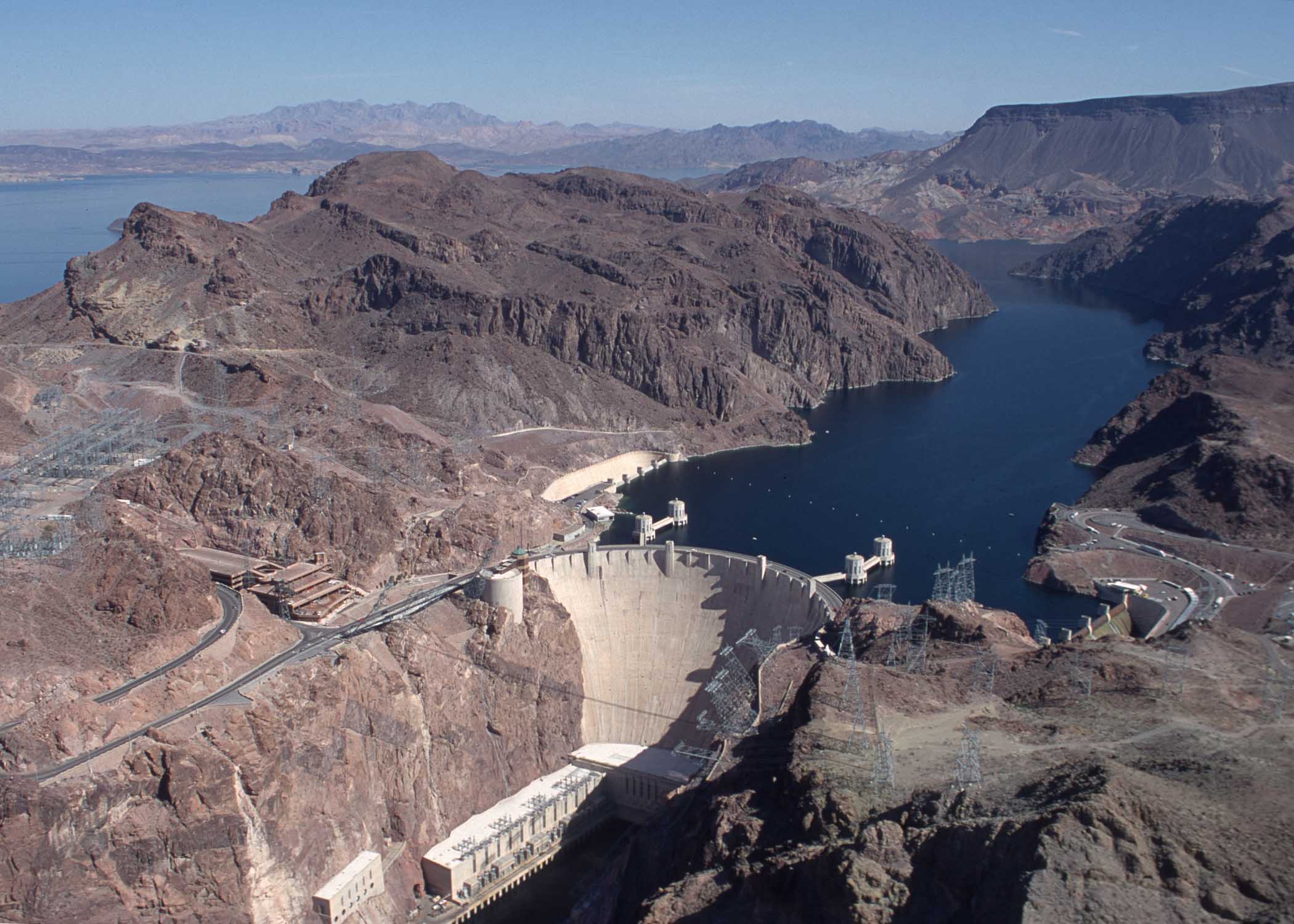Bushmeat hunting is the most widespread resource extraction in
tropical rainforests, above even deforestation. The definition of bushmeat is
simply meat that is caught in the forest, and used to be reserved for local
families and tribes. The prevalence of hunting and eating of bushmeat has risen
greatly in the past decades though, due to a number of factors:
- ·
Risen human populations result
in scarcity of other protein sources
- ·
Bushmeat is a status food and is
often chosen over other meats
- ·
Growing urban populations in
previous largely rural countries want for a large supply of bushmeat
- ·
Deforestation brings in roads
and therefore easier and quicker access to the animals and greater transport
potential.
- ·
Advances in hunting technology,
such as traps, night vision technology and guns.
In a report by John et al, from the Durrell Wildlife Conservation
Trust in Jersey, biodiversity of bushmeat species were analysed in the Congo and
Amazon basins. They found that bushmeat is eaten by 0.15 million people in
South America, compared to a staggering 4.9 million people in tropical Africa.
This is, not surprisingly, reflected in the species exploitation rates with the
extraction to production ratio being 30x greater in the Congo than in the
Amazon. This equates to 60% of the mammal taxa that are hunted for bushmeat in
the Congo being unsustainable, whereas in South America all taxa were at
sustainable levels in 2000 when the paper was written.
 |
| Primate bushmeat |
It is hard to accurately estimate such things, and John et al
highlight this, stating that their estimates are higher than previous papers
written by their peers. However, it is clear that in Africa, the bushmeat trade is a huge
problem for biodiversity.
One such animal family that is highly affected by the trade is
primates. Jane Goodall rates it as the greatest threat to primates, and has
worked extensively in Africa, particularly with chimpanzees and bonobos. She,
rather shockingly, says that within the next 50 years all African apes
(chimpanzees, bonobos and gorillas) could be extinct purely from the bushmeat
trade alone.
 |
| Chimpanzee and bonobo populations. As you can see their distribution has already been depleted into a number of fairly small pockets. This puts the populations at greater risk of dying out from hunting, disease or habitat loss. |
This "delicacy" is not just served in Africa and South America, it can be
found in parts of Europe and Canada but I implore you to please never try it
and encourage the bushmeat trade. I have no problem with local, rural families
sustainably eating bushmeat, but a worldwide market it for it will be appalling
for the fauna of our tropical forests.
NB: John et al may need a institutional log-in for access







